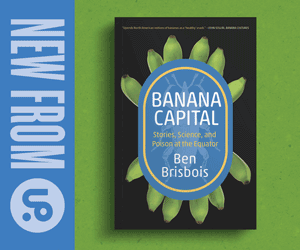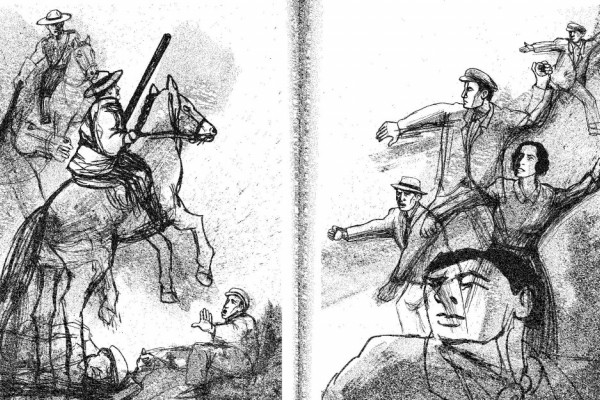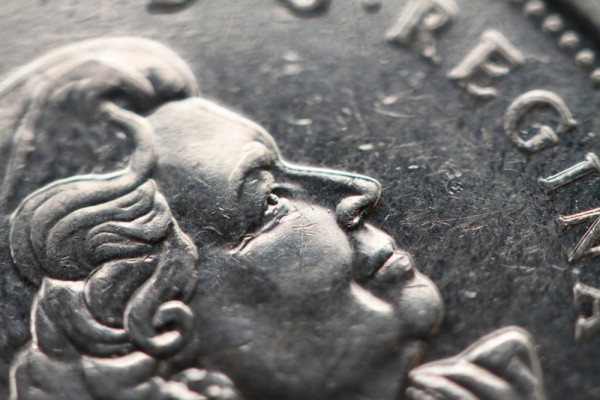Lessons from strikes past
Direct Action Gets the Goods is the latest graphic novel from the Graphic History Collective along with artists Althea Balmes, Gord Hill, Orion Keresztesi, and David Lester. It is slim volume but it packs a punch. Subtitled A Graphic History of The Strike in Canada, it does not purport to be a comprehensive history of every strike throughout Canadian history. Instead, the book is meant as an overview of the history of workers’ direct action. More than that, it deals with the themes of class struggle throughout history: organizing, solidarity, and most importantly the resilience and power of the working class broadly understood. The foreword from the Graphic History Collective sets the key theme – the power of the strike. “This comic book highlights the power of the strike as a tool for working class protest,” argues the GHC, “Many workers and labour leaders view the strike as an extreme measure, a last resort. This belief only benefits the bosses.” Direct Action Gets the Goods: A Graphic History of the Strike in Canada offers a corrective to timid labour leaders afraid to confront capital. It reminds us that all we have ever won as workers is what we have fought for. Such a reminder should serve as a shot in the arm of the workers’ movement today.
The book’s introduction, with art by collective member Kara Sievewright, captures the spirit of the book. It offers a clear definition of the strike (the conscious withdrawal of labour power) and through the artwork invokes both the historic iconography of strikes and their contemporary relevance. For example, the introductory pages have the image of Sabo Cat, the black cat that was used by the IWW to symbolize sabotage and direct action, but also fast food workers on strike in the present. The IWW iconography is great and having Sabo Cat as the narrator works well but the inclusion of contemporary struggles is important. Too often radical history can become a lament for what could have been but instead Direct Action Gets the Goods grounds itself in the current and pressing struggle to win a better world through workers solidarity and action.
Direct Action Gets the Goods uses the story of the strike as a clarion call for workers to exercise their power. It covers the more well-known events in labour history: from the fight for the 9-hour work day, to the On-to-Ottawa Trek, to Asbestos workers in Quebec in 1948, and Operation Solidarity in BC. However, the book also highlights strikes that are often not talked about, or are glossed over, in mainstream histories of the labour. For example, they cover Indigenous strikes in the 1890s Skeena River district in British Columbia and a waitress strike in 1920 Calgary to the BC Farm Workers Organizing Committee strike in 1979 and a BCGEU strike of Indigenous court workers in 2014. This helps illustrate the diversity of working-class resistance. The inclusion of an illustrated timeline of strikes to conclude book is also a welcome addition to the history.
What makes the comic really excel is the combination of the concise historical writing of the GHC mixed with the skilled artistry of all the contributors. The style of art differs across the sections and serves to unify rather than fracture the book. Each artist has a very particular style of illustration. However, through difference it creates a unified whole. In this way the art carries the message of the book – the diversity of the working class coming together in common struggle. It shows how direct action really does get the goods.
John-Henry Harter lectures in history and labour studies at Simon Fraser University. He has published in the journals Labour/ Le Travail, Popular Culture Review, The Otter, and Active History. He writes on class, the environment and popular culture when not consuming too much coffee and TV. @JohnHenryHarter.










